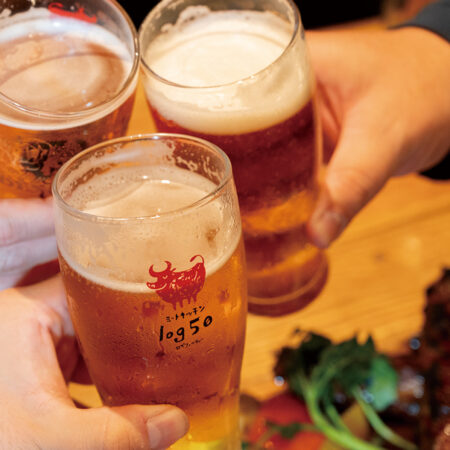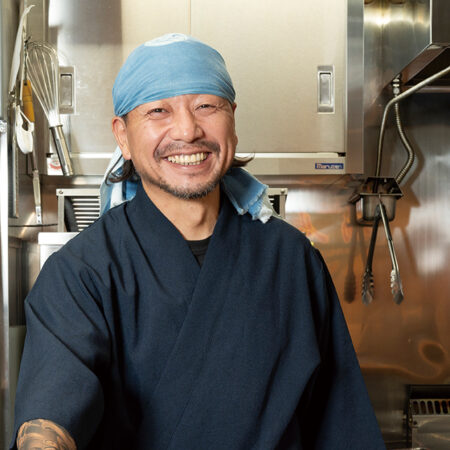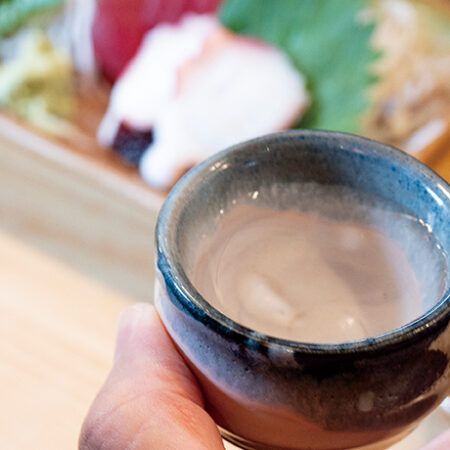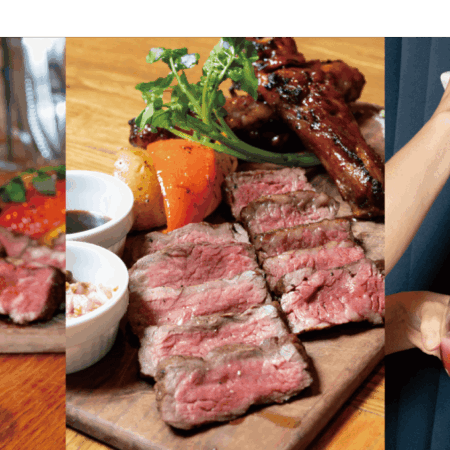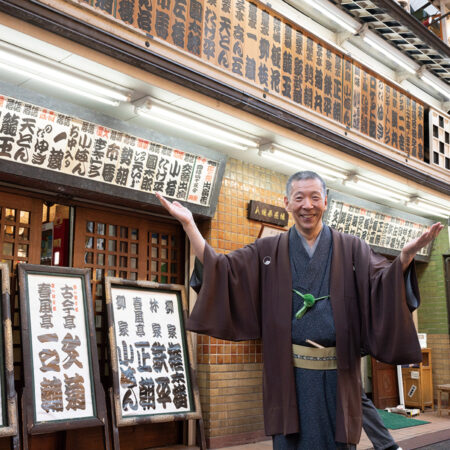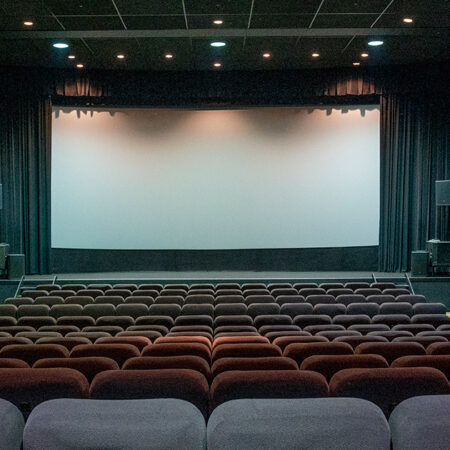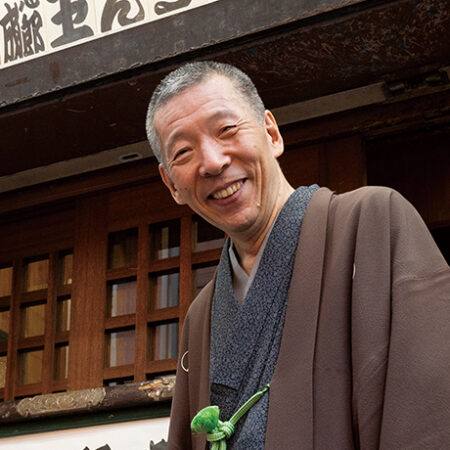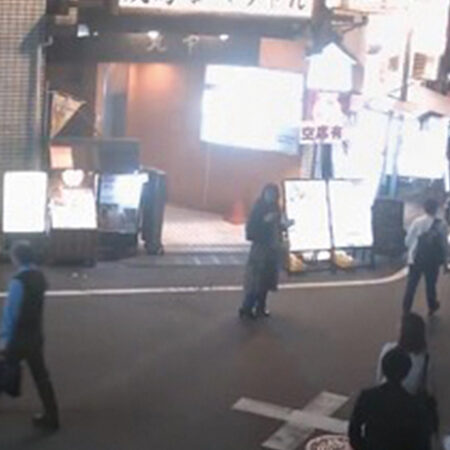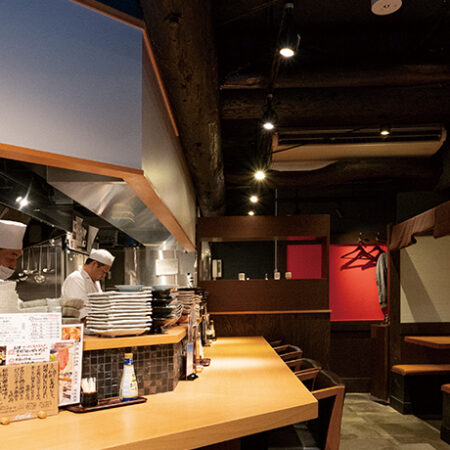Suehiro-tei is a yose that stands at the center of theSuehiro-Dori Shotenkai.
Before going up to the stage, Master Ichima wandered around the shopping center and greeted the audience.
Japanese" still goes well with kimono attire.
The goal is "nawa-noren" (curtain made of rope).
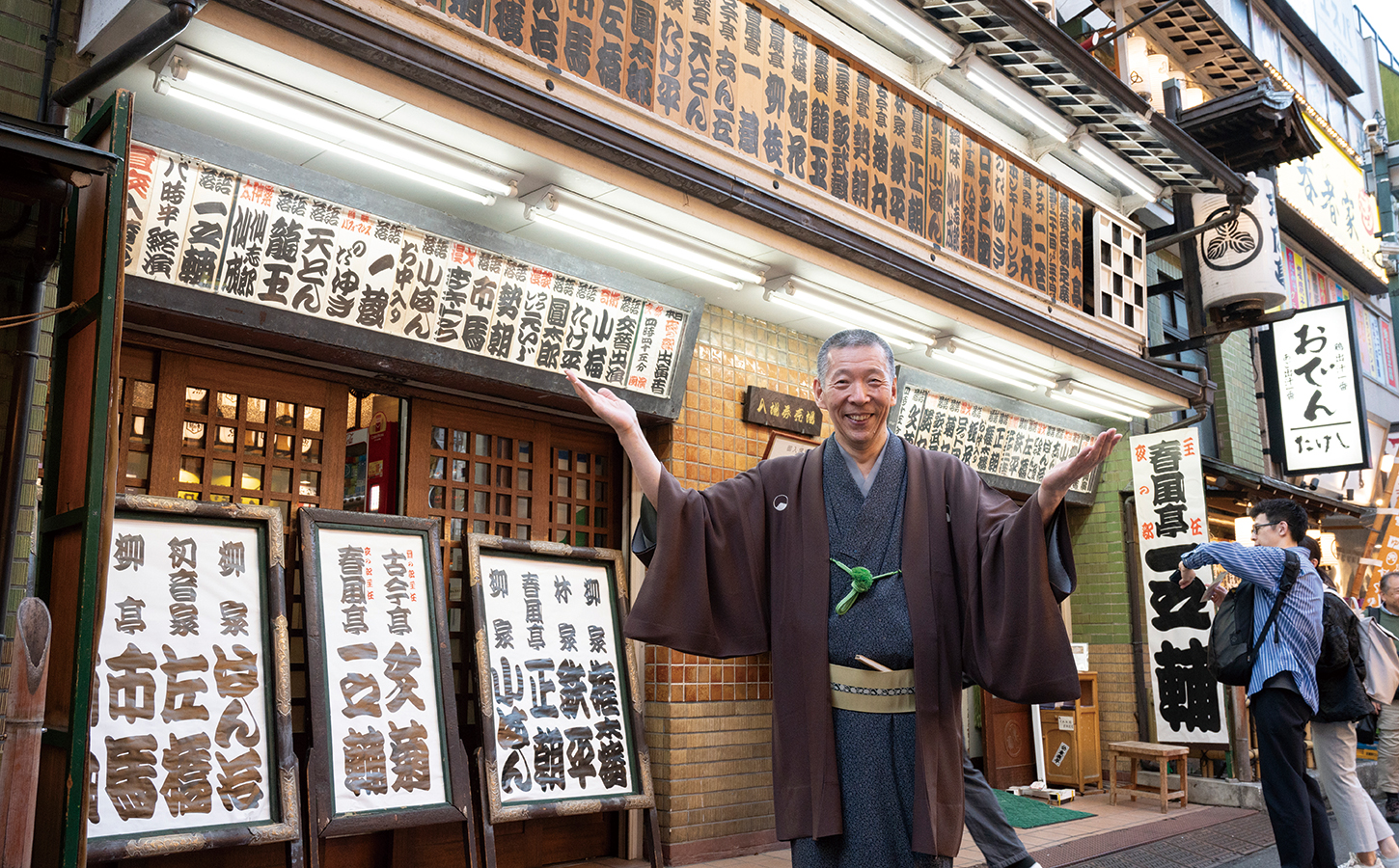
Ichiba Yanagitei
A rakugo storyteller, he was introduced to Yanagiya Kosan V in 1980, was promoted to Nitsume in 1984, was promoted to Shinuchi in 1993, and assumed the name Yanagitei Ichima IV. In 2008, he made his debut as a singer with Pony Canyon, and in 2002 he became president of the Rakugo Association. He currently serves as an advisor.
When I was younger, I used to be taken to the restaurants around here, but I don’t go out drinking much these days...... But I thought I could help this street,” said Master Ichiba, who kindly agreed to this “Izakaya Exploration” session.
When I asked about it, he told me that today was the last day at Suehiro-tei performance.
I was sorry about the timing like this, but he seemed like he didn’t care about anything because it is always the case.
“Come on, let’s go,” he said, and walked gracefully through the rope curtain.
Yakitori Sakagura Shosuke
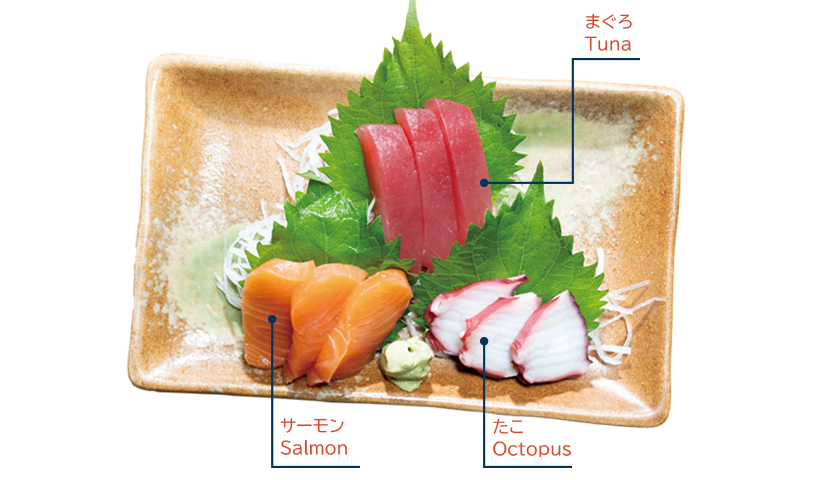
Sashimi 3 pieces
1,200yen
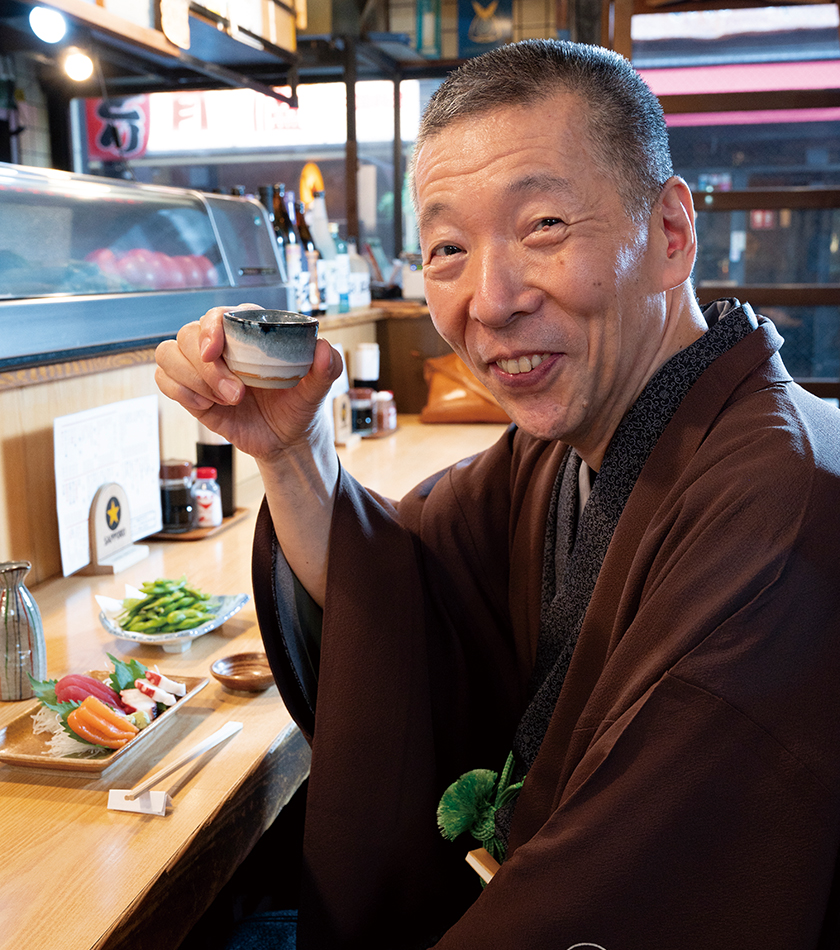
The first place we visited was “Yakitori Sakagura Shosuke”. As the name suggests, it is a yakitori restaurant, but the owner offered us “three pieces of sashimi” and “edamame” because the restaurant also offers a wide variety of Japanese food. In addition, in front of the master sitting at the counter, there are rows of deliciously colored bright red tomatoes. “They look delicious too”, and he asked for some slices. The menu is a typical izakaya menu.
In that case, we have choshi (carafe of sake) and ochoko (cup of sake). Since it was before the “koza” (Rakugo stage), he did a little imitation. He was given only a small taste of sake, but when the Rakugo storyteller holds a sake cup in his hand, you almost feel like you hear the sound of sake going down his throat. The beauty of his hand holding an ochoko....... People who live to the arts have a unique depth and charm.
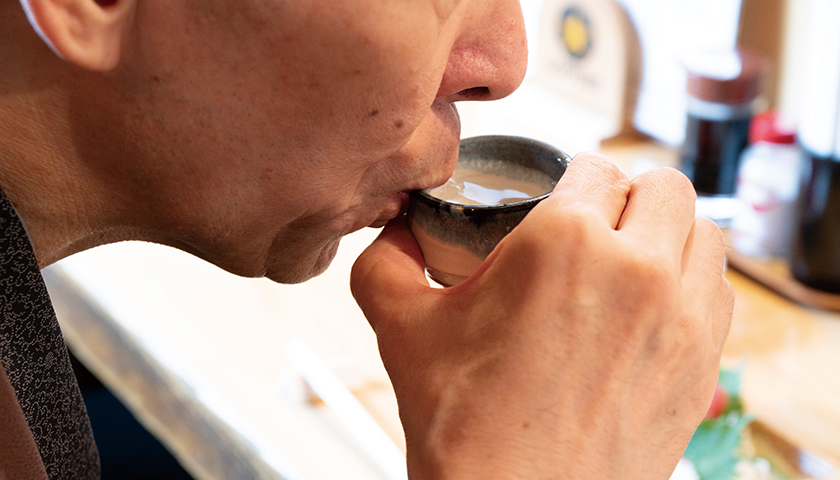
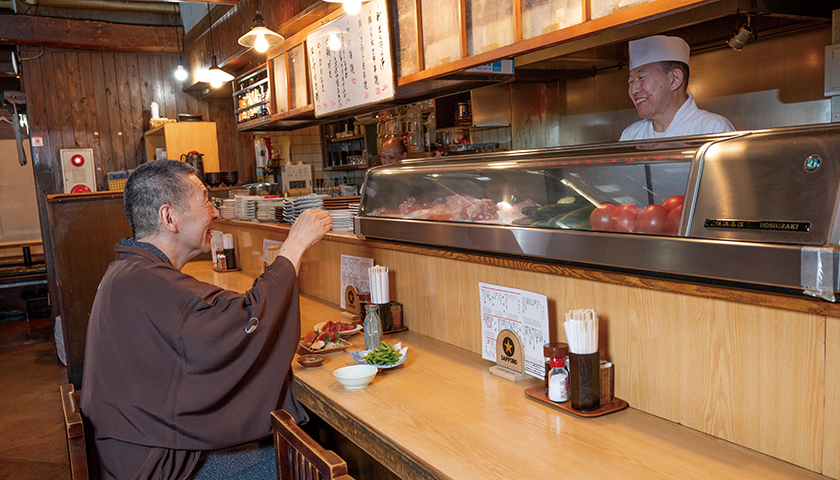
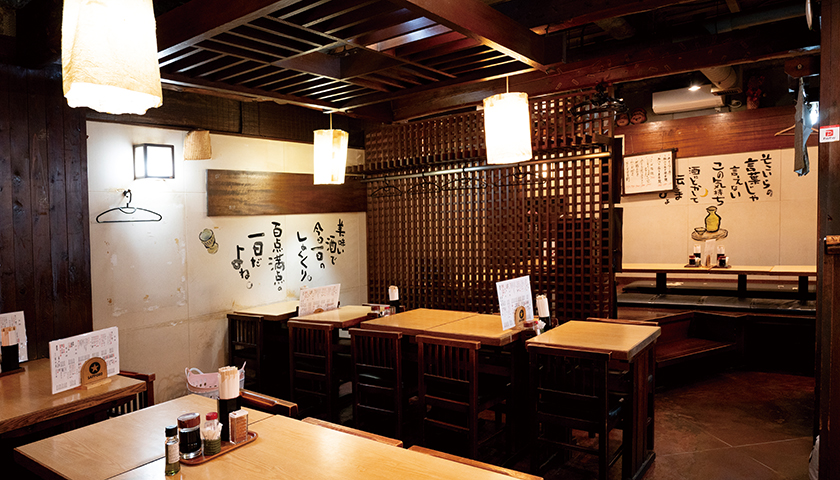
In addition to the counter, the spacious restaurant has both table and tatami room seating. Moreover, with over 100 items on the menu, you can eat anything from yakitori to sashimi to a full meal. Of course, the sake and shochu menu is also extensive.
Satsuma Ogojo
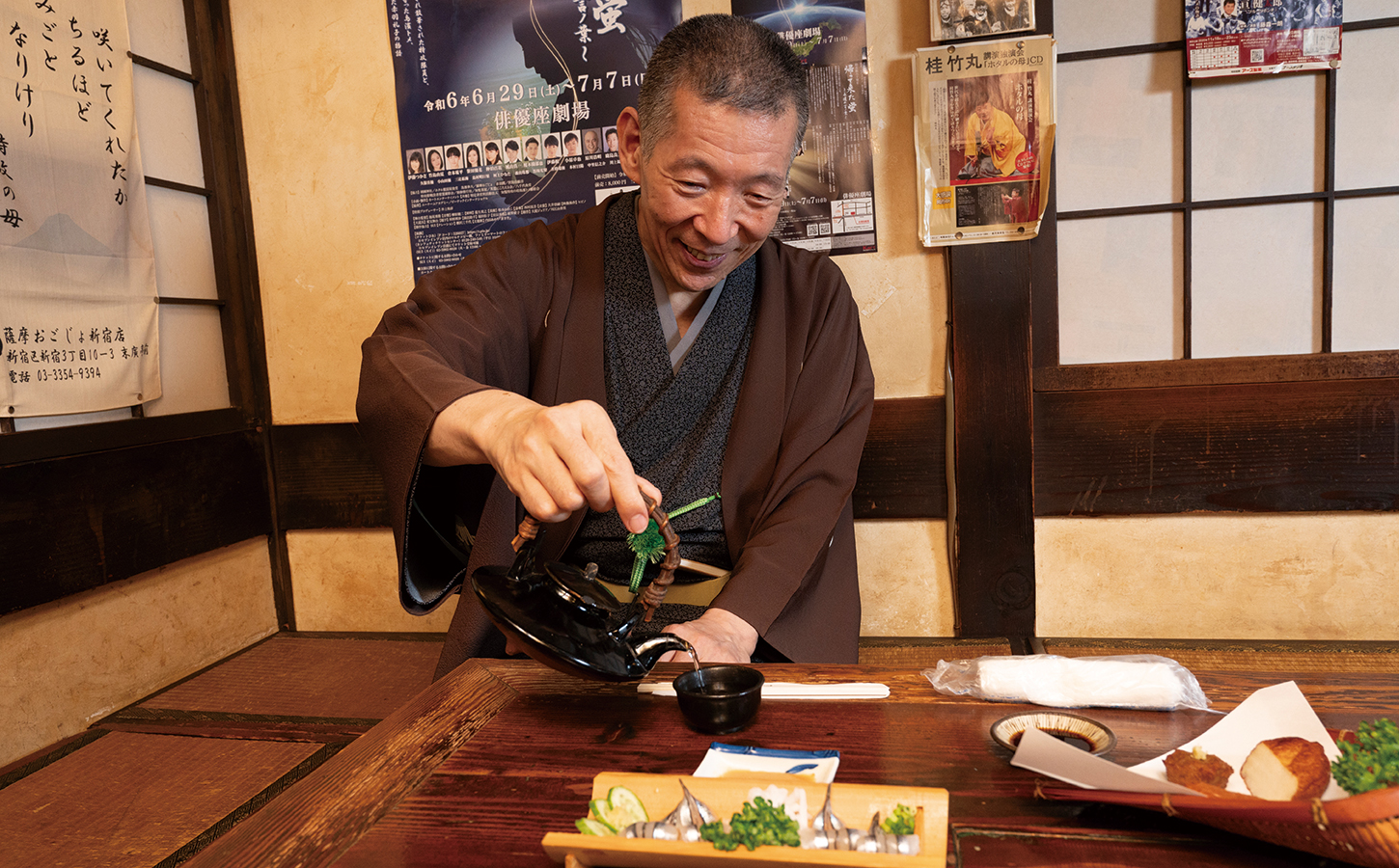
Next, we came to Satsuma Ogojo, a restaurant serving Kagoshima’s local cuisine. Ogojo” means “woman” in the Kagoshima dialect. In fact, the name of this restaurant comes from Chiran. Speaking of Chiran, it has a sad history that was the site of airfield for suicide bombers during the war. Satsuma Ogojo was opened by Tome Torihama, who ran the restaurant and was also known as the “Mother of Kamikaze Pilots.” Currently, her grandson, Jun Akabane, is the owner carrying on his grandmother’s taste.
Master Ichiba also has a long conversation with Mr. Akabane about Chiran and suicide attacks. But he has Kurojoka in his hands. Kurojoka is a Satsuma-yaki drinking vessel, a large black porcelain earthenware sake-pot. It is used for drinking Satsuma shochu, and has a very dignified appearance.
The way the master pours it with Kurojoka is so natural that you would think he was drinking it all the time.
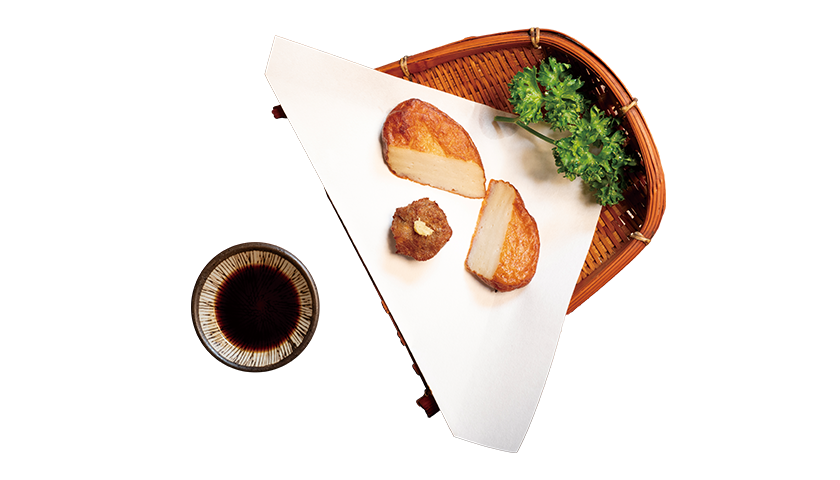
Tsukeage
650yen
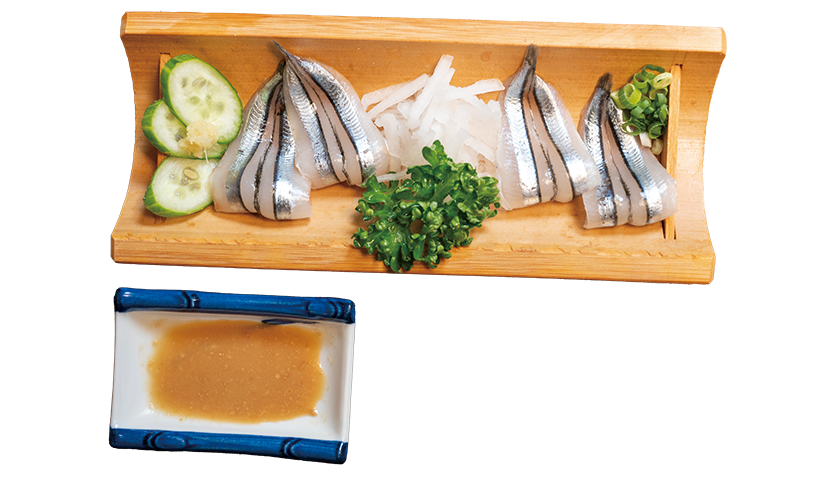
Kibinago sashimi
605yen
(silver-stripe round herring)
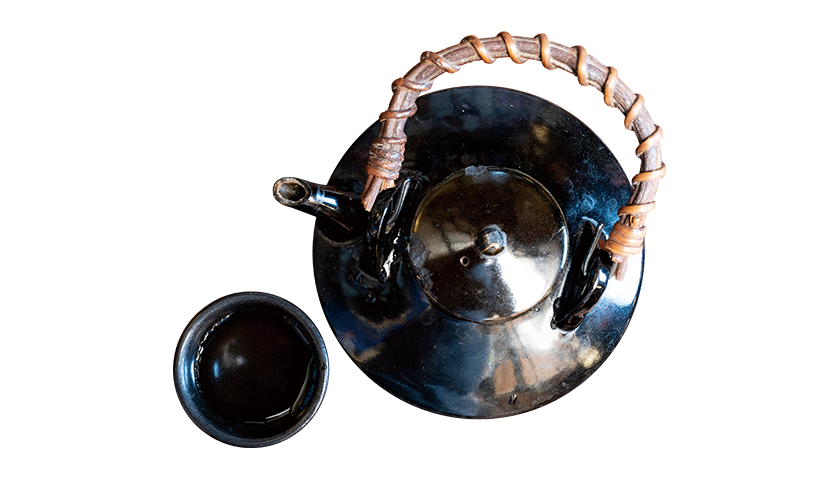
Kurojoka(Syochu Pot)
The accompaniment to the sake is typical of Kagoshima, with sashimi of kibinago (silver-stripe round herring) and tsukeage. Tsukeage is the so-called Satsuma-age, and there are two types here. The flat, white cut end is kibinago, and the smaller round one is sardine tsukeage. Apparently, sardine tsukeage is one of the home dishes in Kagoshima. It is also a type of tsukeage that still conveys the taste of Tomesan. If you want to enjoy the authentic taste of Kagoshima, Satsuma Ogojo is the place for you.
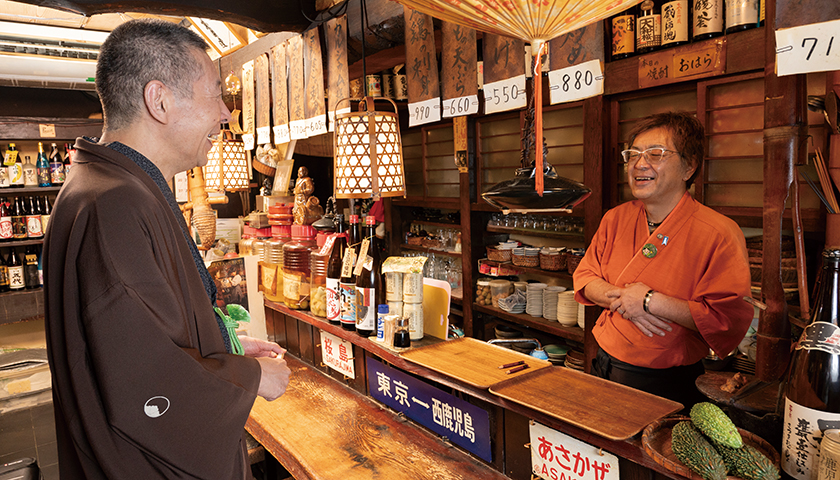
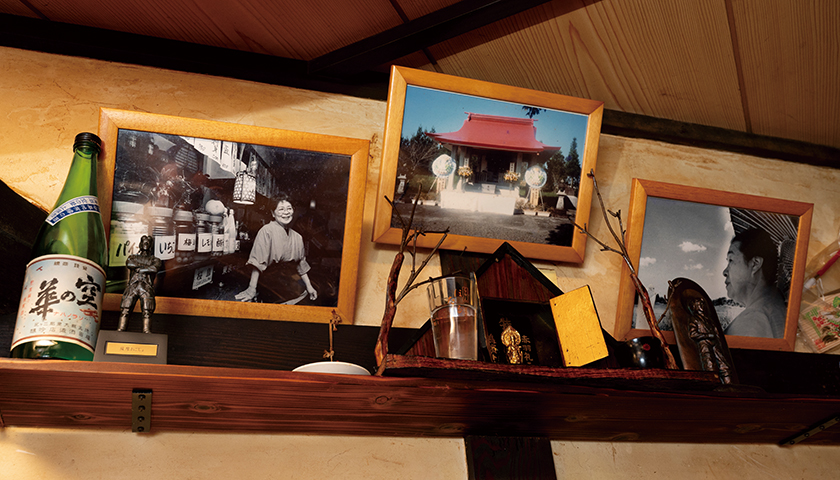
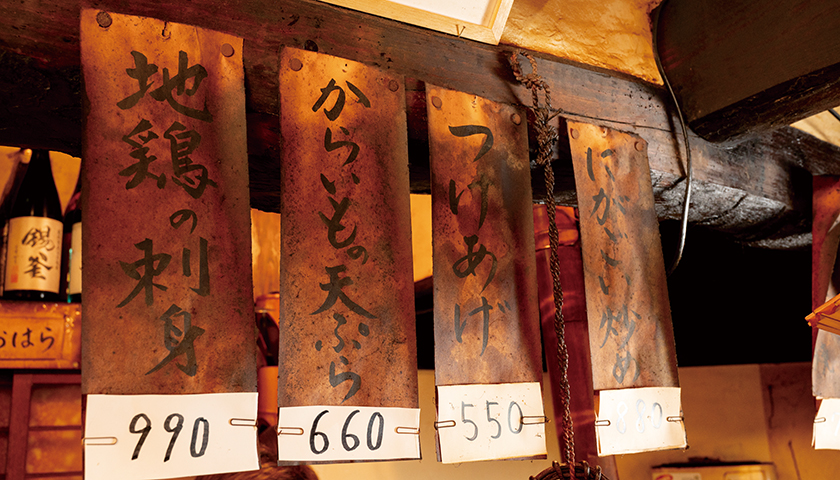
Inside the restaurant, there is a Shinto altar decorated with a photo of Tome Torihama, the mother of a suicide attacker. The shop also uses Tome's writing on the menu, which has been passed down from generation to generation. The only thing that has been changed is the price tag, which has been clipped on! The warm personality of Mr. Akahane, who carries on the traditions of the restaurant, is also evident here.


